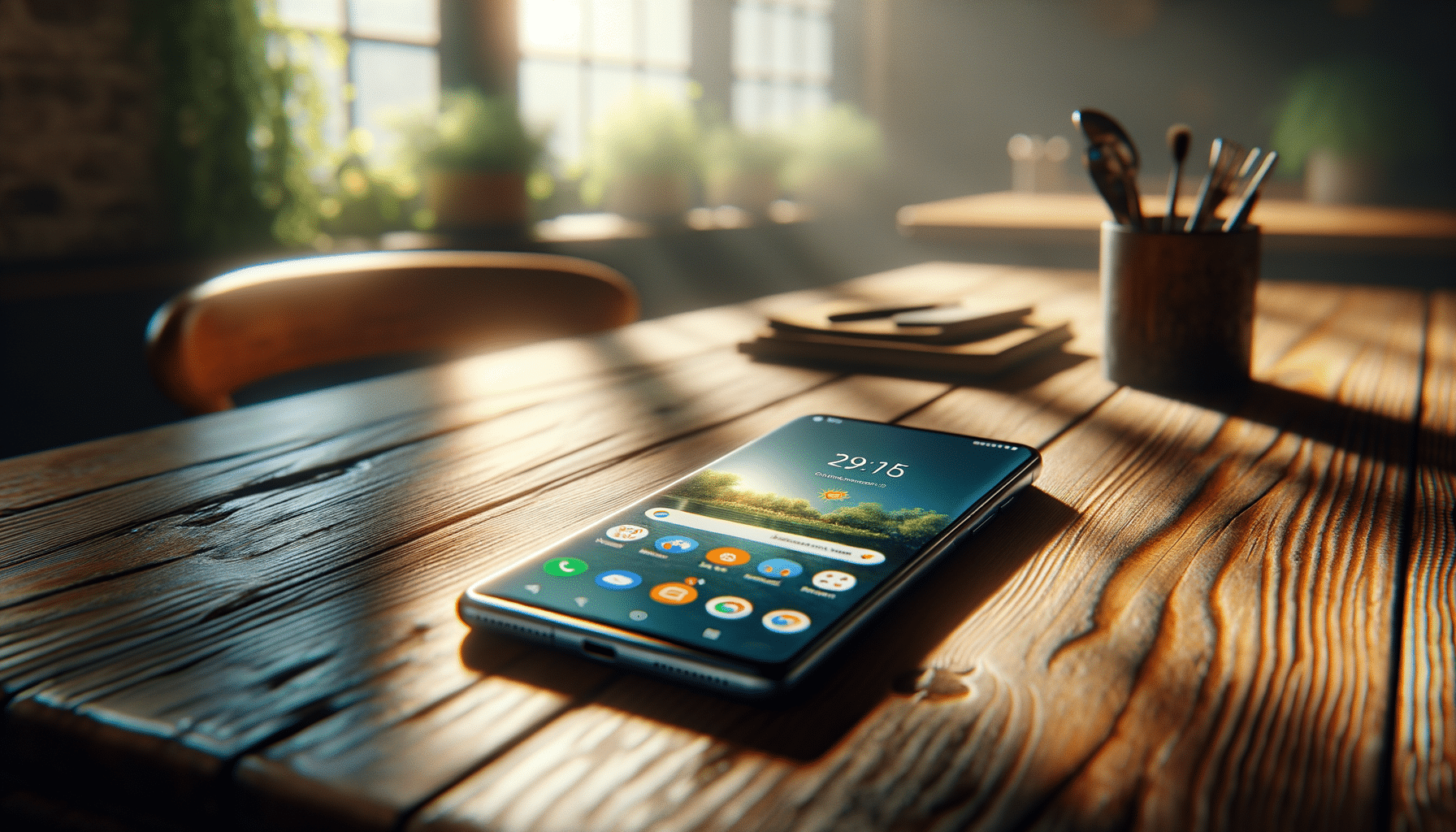
Digital Detox: Benefits of Unplugging
Imagine a life where you are constantly connected, yet occasionally overwhelmed. This is the reality for many in the digital age, where the call of notifications, emails, and social media can become all-consuming. A digital detox, or the practice of taking a break from screens, can offer a refreshing respite and enhance mental wellness.
Understanding Digital Detox
A digital detox involves consciously unplugging from digital devices, including smartphones, computers, and tablets, for a designated period. This practice aims to reduce stress and anxiety linked to constant connectivity.
Expert Insights
According to Dr. Emma Knight, a psychologist specializing in digital behaviors, “A digital detox can help reset your brain’s reward system, often overstimulated by constant digital interaction.” Her insights highlight the mental health benefits of stepping away from screens.
Research Findings
Recent studies have shown that prolonged screen time is linked to increased stress levels. A survey conducted by the American Psychological Association found that 45% of adults feel “tethered” to their digital devices, leading to heightened anxiety.
Personal Experience
Take, for instance, Alex, a graphic designer who realized his creativity was being stifled by constant online distractions. By implementing a weekly digital detox, he reported a significant boost in his creativity and overall well-being.
Benefits of Unplugging
- Improved Sleep: Reducing screen time before bed can lead to better sleep quality.
- Enhanced Focus: Fewer distractions allow for increased concentration on tasks.
- Better Relationships: More face-to-face interactions improve interpersonal connections.
- Increased Productivity: Unplugging can lead to more efficient work and creative breakthroughs.
Actionable Tips
To start your digital detox, consider these steps:
- Set specific times to check your devices, such as twice a day.
- Create tech-free zones in your home, like the dining area.
- Engage in offline activities, such as reading or exercising.
- Use apps that monitor and limit your screen time.
Start small by dedicating one day a week to being device-free. This manageable step can make a big difference in your mental wellness.
Comparison of Screen Time Before and After Detox
| Activity | Before Detox (Hours/Day) | After Detox (Hours/Day) |
|---|---|---|
| Social Media | 3 | 1 |
| Work Emails | 4 | 2 |
| Streaming | 2 | 0.5 |
| Video Games | 2 | 1 |
| Browsing | 3 | 1 |
| Reading | 1 | 2 |
| Exercising | 0.5 | 1.5 |
| Family Time | 1 | 3 |
Frequently Asked Questions
What is a digital detox?
A digital detox is a period when you refrain from using digital devices to focus on real-world interactions and activities.
How long should a digital detox last?
The duration varies; some choose a day per week, while others opt for longer periods.
What are common signs that I need a digital detox?
Signs include feeling overwhelmed by notifications, experiencing stress or anxiety related to device use, and having difficulty sleeping.
Is a digital detox effective for everyone?
While many people find it beneficial, the effectiveness can vary based on individual habits and needs.
Conclusion
Incorporating a digital detox into your routine can lead to numerous benefits, including reduced stress, improved relationships, and increased productivity. By taking small steps towards unplugging, you can enhance your mental wellness and reconnect with what truly matters.


